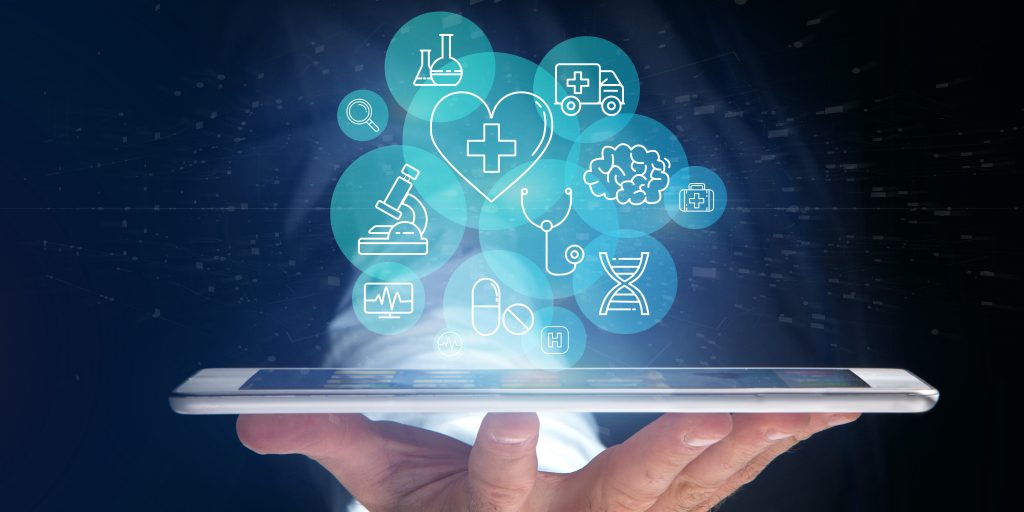Transforming your HHS agency into a data-first organization
Data is increasingly important to government agencies, and smart data management is more and more central to effective agency operations. Yet no organizations count on data more fundamentally than state and local health and human services (HHS) agencies.
There are two reasons for this data dependence. First, agencies often rely on federal funding. They need quality data to produce reports about their spending. Second, and more importantly, HHS agencies serve the most vulnerable populations, and they work with residents on an individual basis. These individuals often benefit from programs administered by a range of HHS programs providing services around food, shelter, health care, child wellbeing, financial assistance and more. Data is a central means of understanding and managing the provision of benefits across programs over time.
Unfortunately, HHS agencies often struggle to gather, share and analyze data effectively. As a consequence, they’re hampered in their efforts to optimize services to constituents.
The solution is for state and local HHS agencies to become data-first organizations. In order to achieve that goal, they need an effective way to modernize their technology platforms, and a new mindset in how they manage their information.
Start with data
Two factors have held back HHS organizations in their efforts to leverage data. The first is legacy systems. Many agencies house their data in decades-old on-premise datacenters that limit the ways they can gather data, how they can combine and share data, and the types of technology they can apply to analyze that information.
Second is a siloed data mindset, driven largely by how HHS agencies are funded. Funding is often specific to a particular program and the systems that support it. Since each agency focuses on its particular domain, HHS organizations generally don’t consider sharing information and optimizing data analysis across programs.
In the past, organizations have tried to address their data challenges by starting with technology. A more effective approach to is to start with data. After all, data is the currency of every transaction with residents. If you can fully leverage your data, you can truly understand how you’re delivering services and how you can improve those services to achieve the outcomes you want. If you become a data-first organization, your needs for system modernization will come into focus.
Incremental system modernization
The good news is that you don’t need to take a “big-bang” approach to system modernization. In fact, monolithic modernization projects often prove to be counterproductive and prone to failure. The more effective strategy is incremental modernization.
Incremental modernization allows you to treat each HHS program as a discrete module. That way, if you need to make changes to the child support module you don’t need to dismantle the entire system. Instead, you can upgrade that module without disrupting the rest of the platform. What’s more, you can build on the underlying infrastructure to continuously improve services or adapt the infrastructure to meet new needs.
An example is the Commonwealth of Virginia, which implemented a data-sharing platform, called the Framework for Addiction Analysis and Community Transformation (FAACT), to combat opioid abuse in the state. FAACT combines previously siloed information from HHS agencies, health care providers, drug courts, localities and other organizations to monitor, understand and prevent drug abuse.
When the COVID-19 crisis struck, Virginia extended the platform to track cases, predict case spikes, optimize hospital beds, forecast vaccine demand, manage vaccine administration, and more. Now, it’s repurposing the data-governance model to address human trafficking in the state.
A roadmap to data-first
To achieve incremental system modernization, you need a roadmap along with a clear vision of where you want to go. Start by getting together key stakeholders who can work toward a common goal. Typically, that will require the involvement of representatives from multiple HHS agencies.
Conduct a thorough inventory of the data you currently have. Look for gaps where systems or processes aren’t capturing the information you need. Be sure to understand how data flows from system to system and from process to process. Also extract business rules from existing systems to ensure they’re accurate and applicable to your current and anticipated requirements.
Now you can develop a person-centric data model for use in multiple systems. The goal is to link data across programs and services so that you can gain an end-to-end picture of each constituent as they interact with agencies, receive services, and use benefits. That will enable you to take informed actions to continually improve services and ensure that benefit delivery is driving desirable outcomes.
Effective linking of constituent records will also enable you to anonymize those records for larger data analysis. That will allow you to leverage the most complete dataset while still protecting privacy.
It’s only at this stage that you’re ready to think about modernizing systems. By first determining your needs for data, you can identify the technology that will support those needs. With a single data model for use across systems, you’re equipped to treat each constituent program as a module for incremental improvement.
Ultimately, a data-first approach shifts the focus from system to constituent. System modernization then becomes the means to the ends every HHS organization wants: the most efficient use of limited funding, continually improving services to residents, and the positive outcomes that drive agency missions.
Amanda Tate is senior director of the HHS Modernization Practice at GCOM. She has extensive experience planning and directing large-scale state HHS system modernizations, addressing SNAP, TANF, MAGI Medicaid, non-MAGI Medicaid, child welfare, childcare administration and more. Tate helps state governments deliver outcome-based value to beneficiaries, constituents and communities.




















